iPods to ear pods: smartphones are supercharging hearing aids
A new breed of headphones are taking advantage of phone tech
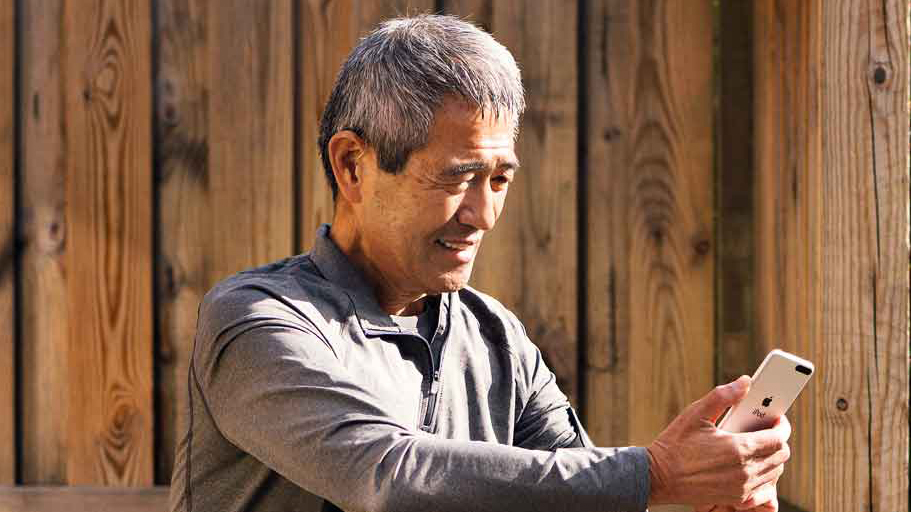
The notion that wearables are a new thing is wrong. The name might have only just become common vernacular, but wearable technology is centuries old.
The common set of spectacles, blood pressure monitors and hearing aids are all examples of how humans have sought to overcome impairment through technology, but now we're taking that idea to a new level.
Google wants to augment the world you see through glasses, while phone manufacturers and fitness trackers are falling over themselves to monitor heart rates, and in 2014, the hearing aid is getting the boost it sorely needs through integration with the smartphone.
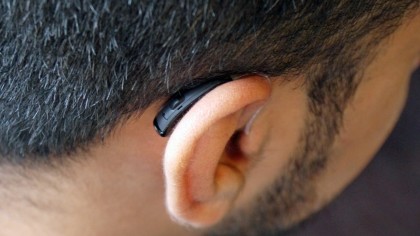
Given that already one in six UK-dwellers already has some form of hearing loss (and a third of those are of working age) and the number is only going to increase to 14.5 million in 2031 (according to Action on Hearing Loss) the need for better hearing aids has never been higher.
The good news is solutions are now arriving, and are being hugely enhanced by connection to the mobile phone, with GN ReSound's LiNX and Starkey's Halo a new breed of hyper-connected, confirmed 'Made for iPhone' hearing aids.
While the price isn't cheap (up to £6000 / $10000 / AU$ 11000 for the most expensive) they offer a variety of benefits that combine the power of a smartphone with small, unobtrusive hearing devices.
A wireless revolution
"The market for hearing aids is growing," Mohammed Qasim Shiraz, UK product manager for GN ReSound, told TechRadar. "Before it was mostly over 65 year-olds, but now the digital market is below 65; children are being fitted with hearing aids within the first few months being born."
Get daily insight, inspiration and deals in your inbox
Sign up for breaking news, reviews, opinion, top tech deals, and more.
The amount of hearing aids being used in people of working age, combined with an increase of the average age of the smartphone user, means the time has finally come to integrate the two technologies.
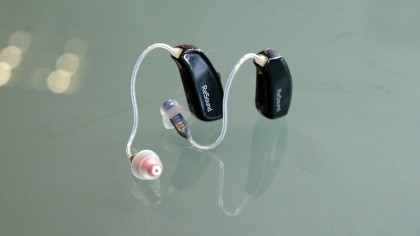
Prior to products like the LiNX and Halo combining with newer iPhones, iPod touch models or iPads, users would need to carry or install cumbersome extra accessories like a wireless pendant or phone clip to allow phones to speak to the hearing aids.
Shiraz pointed to the tie-in with Apple as a reason that consumers can therefore save costs, but said there were many more advantages of being able to control hearing aids from a phone, through a dedicated app.
The LiNX hearing aids connect to the iPhone through two different frequencies: Bluetooth 4.0 (low energy) and a proprietary 2.4GHz connection, which required a lot of work between the Danish audiological company and the Cupertino manufacturer.

"We didn't say: 'we want to work with Apple and nobody else," said Shiraz. "But Apple has been the most ready in terms of technology and have worked very hard with hearing aid companies.
"[Apple was] one of a host of companies that looked at our wireless technology. There's a strong stability with [its] technology and platform."
The strength of combining a hearing aid with a smartphone is the fact it removes so many other tools previously needed to improve hearing technology. Not only can you stream music directly from your iDevice, but users can get tailored programs to improve their ability to hear in different environments.
For instance, listening to someone in a quiet room and noisy restaurant needs different levels of noise suppression, which would have previously required fiddling with the units behind the ear or using a dedicated remote control. Now it's a simple as a tap on the screen, meaning users don't even have to admit to having a hearing impairment – instead, it can be put down to today's acceptance of antisocial phone fiddling.
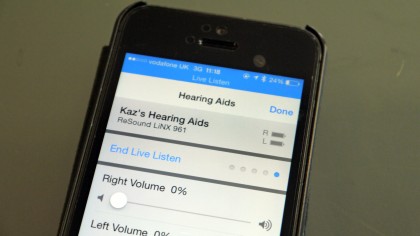
The smartphone also brings other benefits – it's packed with sensors that can benefit hearing aid users. Using GPS, they can geotag an area with a certain set of settings and be prompted to activate them when re-entering the same place.
The smartphone's display also helps save a great deal of money too, according to Shiraz.
"The best feature response I've seen for the LiNX is 'Find my hearing aid'. The price of these hearing aids is not cheap by any means, and one of nicest things people found is, if they've lost their hearing aids and it would normall cost a few thousand to get more, the finder feature shows where they were last seen, giving the postcode indication.
"But if they're nearby and turned on, the Bluetooth LE connection shows bars that get 'hot and cold' depending on how close you are."
A smarter phone
The 'Made for iPhone' hearing aid compatibility is impressive. Seasoned phone-fiddlers will have noted accessibility settings in most handsets, but until needed, most of us don't venture in to see what they do.
But by pairing with the LiNX hearing aids through Bluetooth, they not only act like wireless headphones, in that they connect as soon as both are in range of one another, but Apple has implemented a triple-tap function on its home key that brings up the accessibility screen from anywhere in the phone.
"It's a really powerful function," said Shiraz. "It gives users an easy interface, and offers access to a lot of things from the app."
However, before something as crucial as a hearing aid gets drawn into the Android / Apple battle, it's more important to celebrate what a smartphone can do for the hearing impaired beyond these connected technological aids.
Projects such as BioAid are ongoing to simply connect and augment the smartphone microphone up to generic wireless headphones using an app – or even apps that can connect to existing hearing aids to allow the kinds of control on offer here.
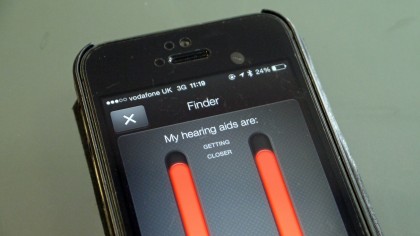
But that doesn't mean that GN ReSound isn't looking at the Android platform – it's just that given the level of complexity needed to communicate with the LiNX means that trying to code for all phones is virtually impossible.
Building the connectivity into iPhones and iPads needed direct work with Apple, and while phones like the Galaxy S5 have the necessary compatibility, Shiraz said it wasn't that simple, although admitted that owners of popular Android phones might be able to use the LiNX in the future too:
"The biggest struggle with Android is the platforms they operate on. iOS is one platform, but with Android we're looking at over 1200 platforms.
"That's not to say that [future developments] won't be coming on that. If you want to connect to every Android device, I would say it's going to take a long time. Like I said, work's being done, and it would make sense to concentrate on the most popular handsets out there."
While there are still inherent problems in making these super-connected earphones useable day to day – Bluetooth connectivity takes a lot of power, but Shiraz believes that users will get up to a week's use on a standard hearing aid battery – as well as the cost, these problems are being surmounted thanks, in part, to the rapid advance of smartphone technology.
It's not hard to believe in a few years that the smartphone could be the portal for improving quality of life for hearing, sight and speech impairments, with projects like this just the beginning.

Gareth has been part of the consumer technology world in a career spanning three decades. He started life as a staff writer on the fledgling TechRadar, and has grew with the site (primarily as phones, tablets and wearables editor) until becoming Global Editor in Chief in 2018. Gareth has written over 4,000 articles for TechRadar, has contributed expert insight to a number of other publications, chaired panels on zeitgeist technologies, presented at the Gadget Show Live as well as representing the brand on TV and radio for multiple channels including Sky, BBC, ITV and Al-Jazeera. Passionate about fitness, he can bore anyone rigid about stress management, sleep tracking, heart rate variance as well as bemoaning something about the latest iPhone, Galaxy or OLED TV.